Ben Parkhurst, Bush Heritage’s Reserve Ecologist — Western Rangelands, checks a reptile trap © Annette Ruzicka
Bush Heritage Australia is a non-profit organisation conserving biodiversity in Australia by buying and managing land of outstanding conservation value, and working in partnership with other landowners.
In this interview, we catch up with newly appointed Executive Manager, Science and Conservation, Dr Rebecca Spindler about the history and projects of Bush Heritage and the significance of the work that is being undertaken.
- Welcome to the new job, what does this new appointment mean to you?
I would first like to say that I just can’t believe my luck. This is the dream job in an amazing organisation. I have been here for three months now, and am starting to get a handle on things but it is mammoth. The work that Bush Heritage performs on over six million ha is phenomenal. The systems and processes that sit behind that action are amazing — a living embodiment of the Open Standards for the Practice of Conservation, and the most intense safety program I have ever come across and I used to live at the top of a mountain in China. The most incredible thing has been getting to know people. From the CEO to the reserve staff, the scientists and the support staff that keep everything running — conservation is their only goal and they are all just so lovely!
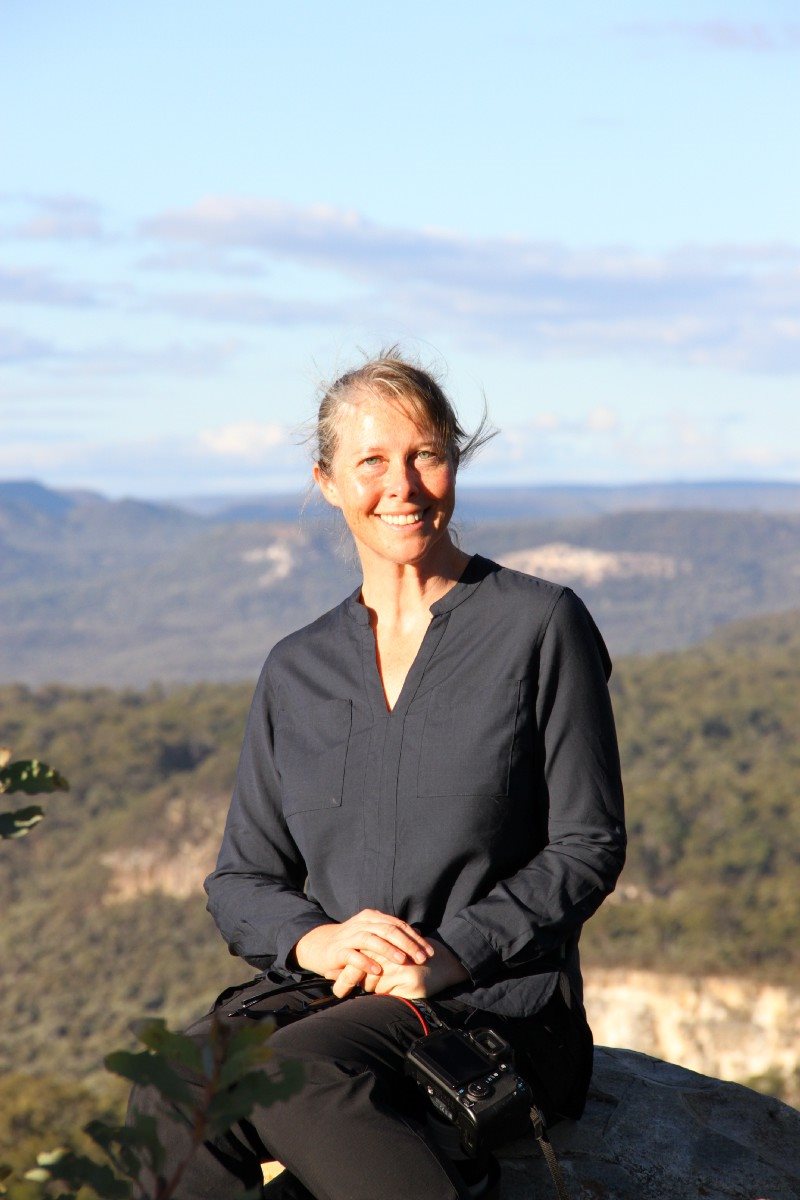
Dr Rebecca Spindler, Executive Manager, Science and Conservation, Bush Heritage Australia Photo courtesy of Gerard O’Neill
- Bush Heritage has been in operation for over 25 years, what have been the key milestones for the organisation during this period?
I am perhaps not the best person to answer this given my very short tenure here compared to the people that have been here decade upon decade…but I love the story of how we began.
A man driven by his love of the bush and a drive to save it, bought what is now Liffey Reserve in Tasmania. He bought it without any idea where the money was going to come from, but led by hope and trust in his friends and the Australian people, he made a commitment and asked for help.
In many ways that’s how we go forward, even today. We find land that must be protected because of the biodiversity it holds, or because of the biodiversity it should and could hold with our hard work to rebuild the habitat to its full health. Then we ask people to come with us and hold a stake in the species and habitats we all care about as a nation.
When we reached a couple of million hectares of land owned by Bush Heritage was a day to be celebrated, but there are a couple more that I am incredibly proud of. Last year, our agreements with Aboriginal partners saw us helping to manage over 4 million hectares of their land. But it’s beyond the measurements and numbers that matter in this statistic — it’s the people that it represents that mean everything. We are helping to bring traditional knowledge to the fore, blending it with science to have the best possible outcomes for land, wildlife species and ultimately people. The transfer of knowledge from one generation to the next is something we don’t get to play a role in, but we can help create the environment to let that happen.
I am extraordinarily proud of how every single person in Bush Heritage works with our partners — with deep respect and abiding joy that we are able to help. This carries so much weight, beyond the measures of land.
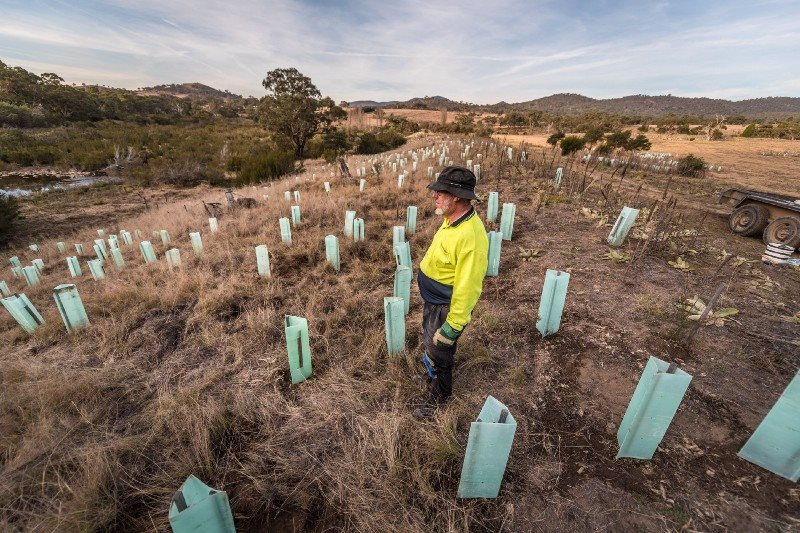
Bush Heritage volunteer Keith M. Binns inspects a hard day’s work on Scottsdale Reserve. Photo: Annette Ruzicka
- What are the key project focus areas for Bush Heritage and your teams in the field?
As always we are focused on dealing with threats. The biggest threats we face each day on our reserves include invasive weeds, feral predators like cats and foxes, and herbivores like rabbits and goats. It is hard to describe the devastation that these species have caused throughout Australia’s landscapes. This deadly combination and our national drive to clear land are the two major reasons Australia leads species extinction across the world. It’s devastating to watch, but it’s always better to light a candle than rage against the dark…so that’s what we do.
Bush Heritage staff at all levels are on the look out for the next innovative thing that will help us tilt the odds in favour of our native species. At the moment, it is cats, foxes and cane toads. We are working with collaborators to actively test new methods and establish practices that can be used by everyone to protect our native species and to keep our country healthy. One of the major areas I am interested in is if we can restore balance using top order predators, even where they are not present. There is some evidence that predators exert impact on the surrounding species above and beyond the individuals, they predate upon. The wolf introduction in the US is a good example. This may not be transferable to Australia, but you never know until you try.
We are always interested in new ways of getting rid of weeds that outcompete our native grasses. There are so many new ones coming that we are working with government to make sure that our borders are safe from new threats as well.
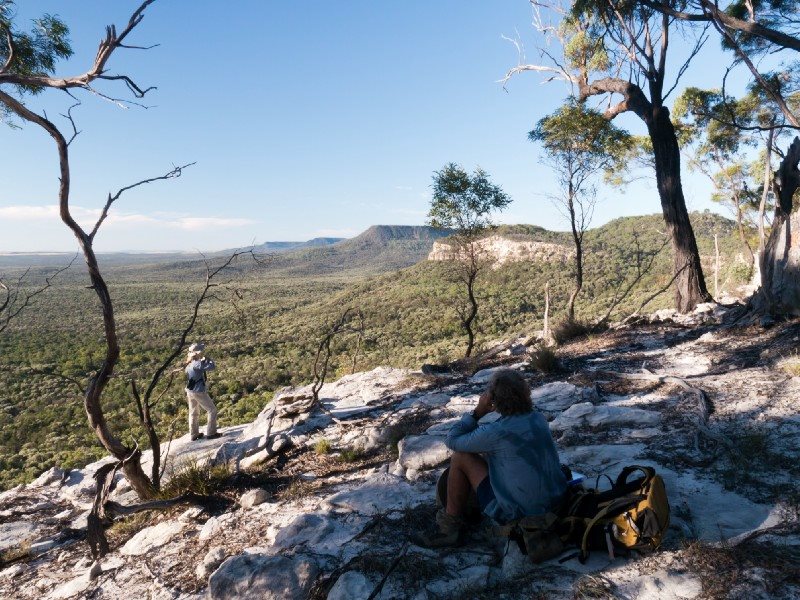
Bush Heritage volunteers take a break on the Sandstone Cliffs near the northern boundary of Carnarvon Station Reserve. Photo: Terry Cooke
- Your organisation has some significant projects in the pipeline in the area of conservation science, what do you hope to achieve from this research?
Ultimately we are interested in measuring the end result of our work — the impact. We determine the key species that drive health in our landscapes and figure out how to protect them. This makes sense if you consider that by protecting them, they help do our job for us. It’s an environmental Ponzi scheme. Then there are the species that tell us we are doing a good job — the monitors or indicator species. We watch them to see how well we are managing our natural resources — the resources we all rely on. And finally we work to understand the importance of species in our own and our partners’ cultures. We manage the land for these species and ensure that they will always find a home. Each of these strategies is a huge amount of work, but the first step is understanding how all of these species interact to form a functioning ecosystem. That’s a huge body of work in itself.
By measuring our impact on these species, and on the greater landscape measures such as native vegetation coverage and exclusion of weeds and pests, we can help plan better for our future work. By comparing the different methods we and our partners have used across the areas we manage, we can make better-informed decisions into the future and help to inform other conservation agencies, inside and outside of government.
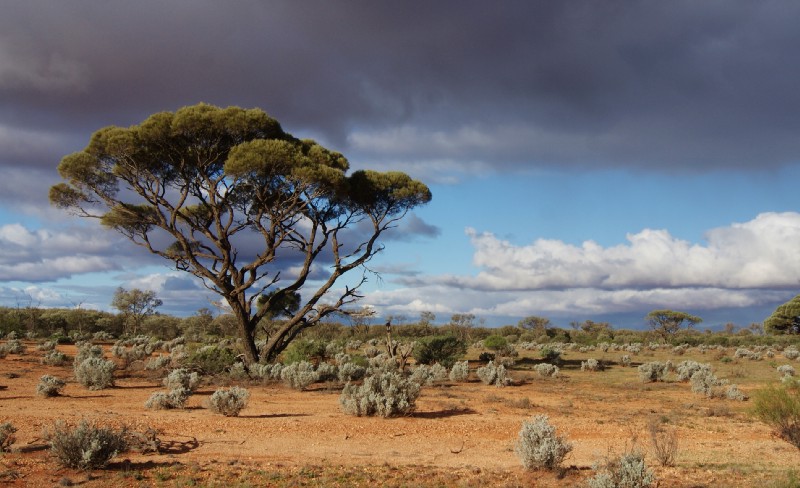
Western Myall Tree (Acacia papyrocarpa) on Bon Bon Station Reserve. Photo: Julia Harris
- How do you engage and work with Indigenous locals in your 37 conservation reserves?
We are very keen to work meaningfully with Aboriginal groups but we do not ask to help, we wait until we are invited and make sure that our partners are well equipped and ready to work with us. We are acutely aware of the traditional owners of the land we manage, whether we have an existing agreement or not. We engage all of our neighbours as partners, whether they are traditional owners, farmers or townships, to share understanding and build a better-protected landscape. We are all stronger if we all work together across the landscape. That is one of the other things I love about Bush Heritage. By minimising fences, the benefits of our collective management can flow across the landscape for the benefit of the environment, land productivity and communities.
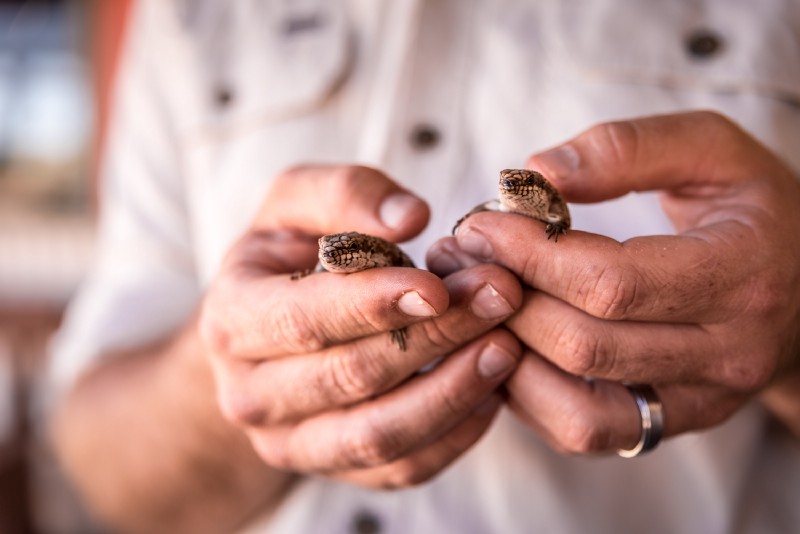
The first ever bio-blitz on Hamelin Station Reserve (WA) revealed Southern Pygmy Spiny-tailed Skinks. Photo: Annette Ruzicka
- What is your greatest hope for the future of conservation in Australia?
A few years ago I would have said that we should all work together to bring about the best results possible. I have been so delighted and heartened by the level of cooperation among environmental NGO’s and between these groups and the government. We identify land that will work well in a mosaic of ownership across the entire National Reserve System to increase the protected lands. We work collaboratively across these landscapes using different strategies, and recognise that it will take many different ways of conserving land and species to protect the great responsibility we have in this amazing country.
So now, the only short answer to that is that I would hope all of the conservation decision makers would make the best use of data that is available to us. We have so much information guiding very sensible decisions that could be made right now with a great deal of confidence.
Whether it’s climate change, habitat destruction, water use, we know what we should be doing — not only to protect our natural resources but to give us all a healthy environment to live in for many centuries into the future. It is possible, but we do need to curb our greed and poor decision making. We need to make the most of the technologies that are coming up and generate new ones to drive the new industries that will see us grow into the future, within the boundaries of sustainability.
To find out more about Bush Heritage visit: www.bushheritage.org.au
